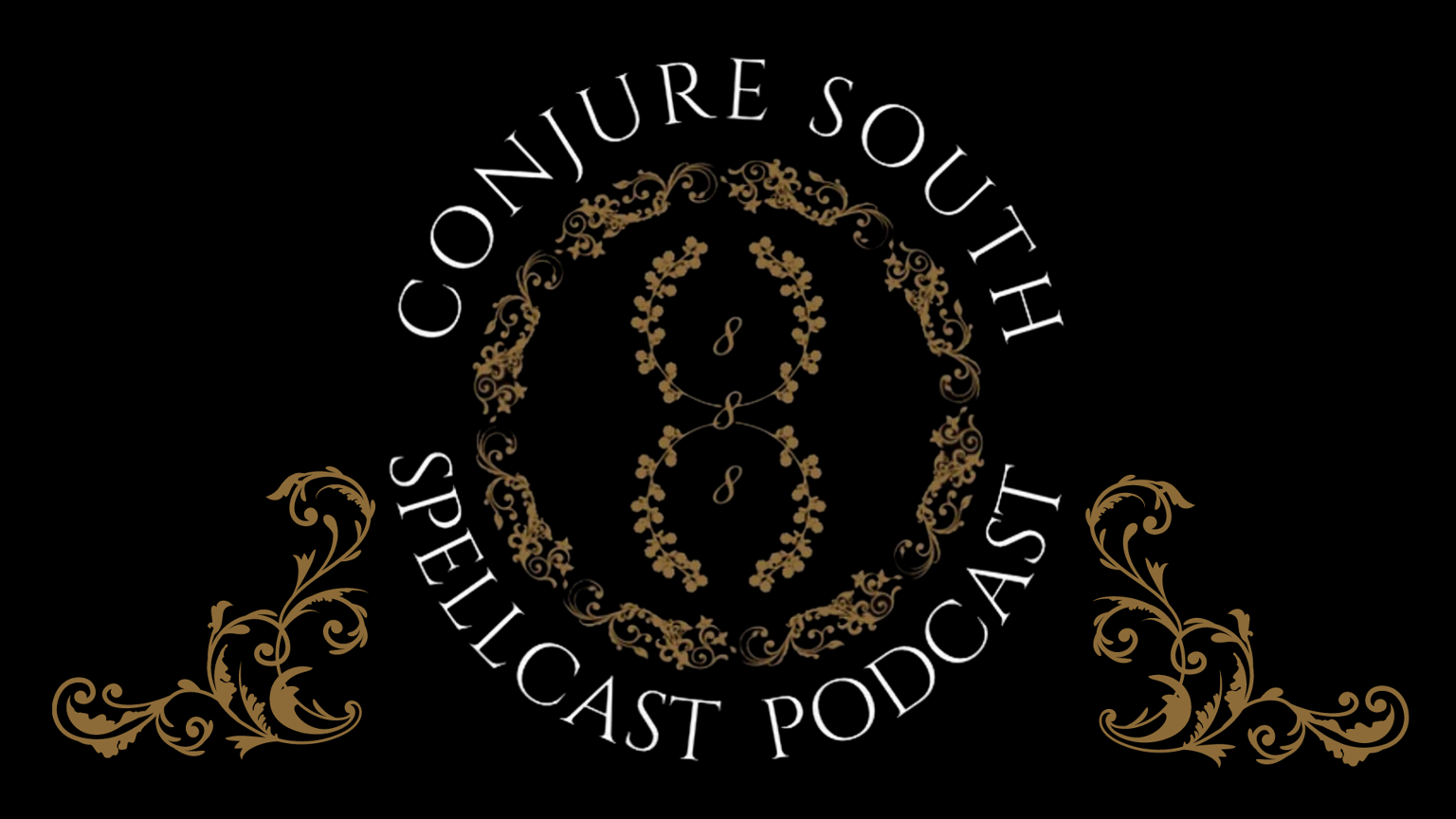

For example, in West Africa the word gris-gris (a conjure bag) is a Mande word. The origin of the word Hoodoo and other words associated with the practice could be traced to the Windward Coast and Senegambia. According to Paschal Beverly Randolph, the word Hoodoo is an African dialect. Hudu is also one of the dialects of the Ewe language of the Ewe people in West Africa. Īnother possible etymological origin of the word Hoodoo comes from the word Hudu, meaning "spirit work," which comes from the Ewe language spoken in the West African countries of Ghana, Togo and Benin. Its origins are obscure but some believed it originated as an alteration of the word Voodoo – a word that has its origin in the Gbe languages such as Ewe language, Adja language and Fon languages of Ghana Togo and Benin – referring to divinity. The first documentation of the word Hoodoo in the English language appeared in 1870. įollowing the Great Migration of African-Americans, Hoodoo spread throughout the United States.

By the end of the colonial period, enslaved Africans were taken from Angola (40 percent), Senegambia (19.5 percent), the Windward Coast (16.3 percent), and the Gold Coast (13.3 percent), as well as the Bight of Benin and Bight of Biafra in smaller percentages. Over the first century of the trans-Atlantic slave trade, an estimated 52% of all kidnapped Africans (over 900,000 people) came from Central African countries that existed within modern day Cameroon, Congo, Angola, Central African Republic and Gabon. Many Hoodoo traditions draw from the beliefs of the Bakongo people of Central Africa. Folk religions are syncretic traditions between two or more cultural religions, in this case African indigenous spirituality and Abrahamic religion. Scholars define Hoodoo as a folk religion. As a syncretic spiritual system, it also incorporates Islam brought over by enslaved West African Muslims and Spiritualism.

Regional synonyms for Hoodoo include conjure or rootwork. Practitioners of Hoodoo are called rootworkers, conjure doctors, conjure man or conjure woman, root doctors, Hoodoo doctors, and swampers. It has since been recorded by numerous artists, including Aretha Franklin, Neil Diamond, Indigo Girls and Garth Brooks.Hoodoo is a set of spiritual practices, traditions, and beliefs that were created by enslaved African Americans in the Southern United States from various traditional African spiritualities, Christianity and elements of indigenous botanical knowledge. Although Gladys Knight and the Pips (from Georgia) earned a Grammy for their version, the first to cover the song was Cissy Houston. A record executive suggested the title needed a more appropriate Southern spin so he could pitch it to an R&B act, hence the geographical relocation - and updated mode of transportation. One day while talking to Majors, Weatherly ended up on the phone with Fawcett, who said she was taking “a midnight plane to Houston.” Weatherly says he created a mental film of Fawcett and Majors to create the song’s scenario. Songwriter Jim Weatherly was living in Los Angeles and playing on a flag football team with his pal, actor Lee Majors, who would go on to star as TV’s Six Million Dollar Man (and later marry actress Fawcett). One of the most successful pop hits of the Seventies was inspired by football, friendship and Farrah Fawcett.


 0 kommentar(er)
0 kommentar(er)
